Exploring Turkey's UNESCO World Heritage Sites: A Journey Through History
Turkey is a country rich in history, culture, and natural wonders, and its UNESCO World Heritage Sites perfectly embody its diverse heritage. In this blog, we invite you to join us on a virtual journey through time as we explore these remarkable sites that have earned recognition and protection from UNESCO. From ancient ruins to breathtaking landscapes, each site tells a unique story and offers a glimpse into Turkey's fascinating past. Whether you're a history enthusiast, a nature lover, or simply curious about the world's cultural heritage, you'll find inspiration and awe in these extraordinary places. So, let's dive into Turkey's UNESCO gems and discover the wonders that make this country a true treasure trove of heritage.
Arslantepe Mound (Malatya - 2021)

Located in the Battalgazi district of Malatya, approximately 12 km southwest of the Euphrates River, Arslantepe Mound stands as a remarkable testament to the past. With a history spanning around 6,000 years, this ancient mound served as a religious and cultural center and witnessed the emergence of one of the earliest state structures. Its imposing 30-meter height and its significance in unearthing artifacts from the Late Chalcolithic period to the Iron Age make it a captivating destination for history and culture enthusiasts, as well as experts in the field. Prepare to be enthralled by the intriguing heritage preserved within the layers of Arslantepe Mound.
Göbeklitepe (Şanlıurfa - 2018)
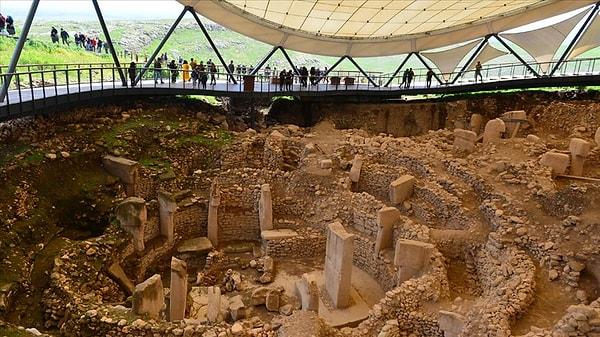
Situated approximately 15 km from Şanlıurfa, Göbeklitepe is a site that has revolutionized our understanding of history. Its origins dating back 12,000 years, this remarkable archaeological wonder consists of 20 open-air religious structures, making it the earliest known temples in the world. The awe-inspiring 6-meter tall obelisks and temples found here captivate not only experts but also enthusiasts of history and culture. Prepare to be amazed by the significance and magnificence of Göbeklitepe, a site that has reshaped our perception of ancient civilizations.
Aphrodisias (Aydın - 2017)
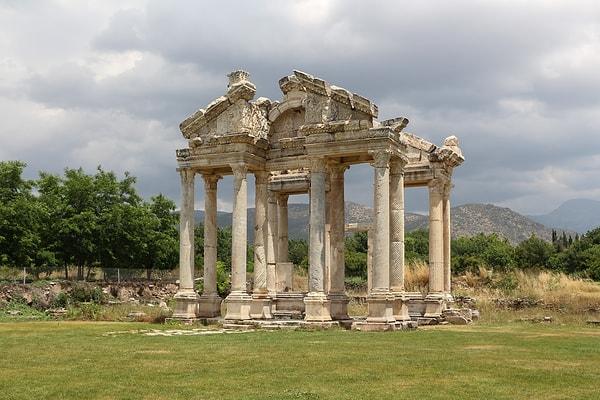
In 1958, renowned photographer Ara Güler stumbled upon a hidden treasure while lost in the town of Geyre, Aydın. Captivated by the village's intertwining with history, he photographed numerous relics. His images, shared with the world through Times magazine, caught the attention of US archaeologists who rediscovered the ancient city of Aphrodisias. This remarkable city, reflecting the Greco-Roman period's architecture and urban features, stands as a testament to Güler's accidental discovery and its profound impact on uncovering history's wonders.
Ani Archaeological Site (Kars) 2016
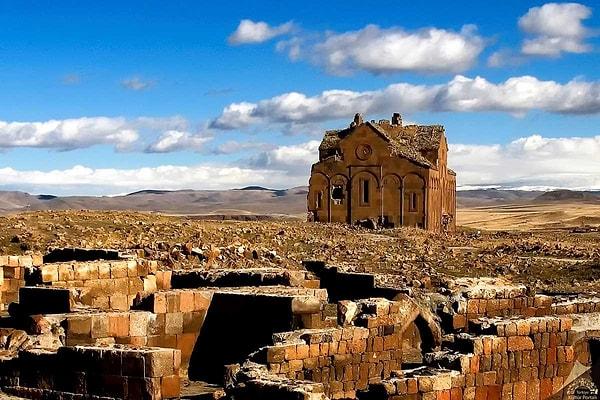
Situated on the banks of the Arpaçay River, near the Turkish-Armenian border and just 48 km from Kars, lies the ancient city of Ani. With its strategic location on the Silk Road, Ani has been a melting pot of civilizations throughout history. The architectural wonders of Ani showcase a remarkable blend of Armenian, Georgian, and Seljuk influences, reflecting the rich cultural diversity that once thrived within its walls. This unique archaeological site stands as a testament to the city's vibrant past and its enduring legacy.
Ephesus (Izmir - 2015)
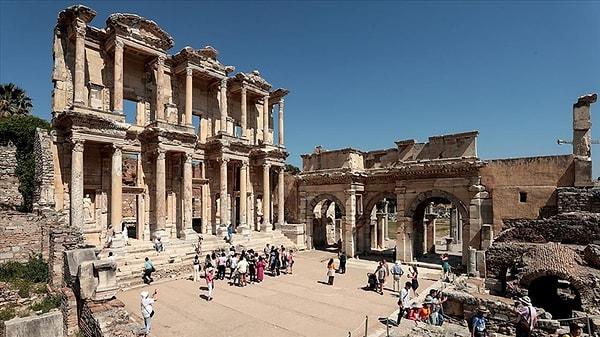
Nestled within the Selçuk district of Izmir, the ancient city of Ephesus has endured for millennia, tracing its origins back to 6000 BC during the Neolithic Age. As the largest excavated Greco-Roman city worldwide, Ephesus held the esteemed title of Asia Minor and served as the capital of the Anatolian province. Over its storied history, the city witnessed the dominance of Greek and Roman civilizations, leaving behind an architectural and cultural legacy deeply influenced by these illustrious cultures. Once a vibrant hub of religion, commerce, culture, and art, Ephesus stands as a captivating testament to the might and splendor of ancient Rome.
Cultural Landscape of Diyarbakır Castle and Hevsel Gardens (Diyarbakır - 2015)

Diyarbakır Castle and Walls, hailed as one of the world's most enduring and ancient structures, have captured the imagination of countless folk songs and legends over the ages. The castle's formidable bastions, adorned with magnificent reliefs and inscriptions, further enhance its distinctive character. As for the Hevsel Gardens, boasting an impressive history spanning 8,000 years, they have witnessed the rise and fall of over 30 civilizations, each leaving their indelible mark on these hallowed grounds.
Bergama Multilayered Cultural Landscape Area (İzmir - 2014)
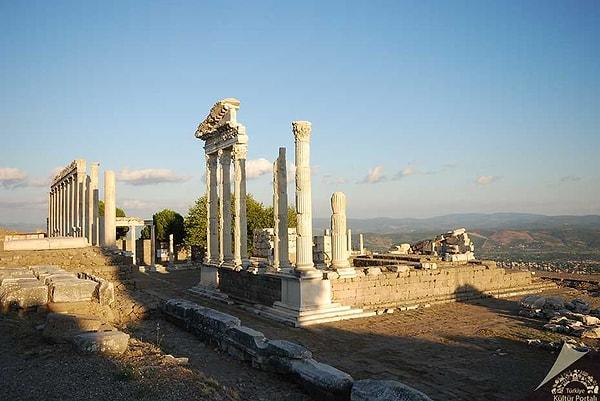
The Bergama Multilayered Cultural Landscape Area is a vast archaeological site that encapsulates a rich tapestry of history from the Hellenistic, Roman, Eastern Roman, and Ottoman eras. Comprising of nine distinct components, including Pergamon, the multi-layered city, as well as the Cybele Sanctuary, Ilyas Tepe, Yığma Tepe, İki, Tavşan Tepe, X Tepe, A Tepe, and Maltepe Tumuli, this remarkable landscape offers a captivating journey through time. From the cultural heritage of the Hellenistic and Roman periods to the architectural remnants of the Ottoman era interspersed among the layers of the Roman and Eastern Roman periods, this site unravels the captivating stories of various civilizations that once thrived here.
Bursa ve Cumalıkızık (Bursa - 2014)

Bursa and Cumalıkızık together form a remarkable cultural heritage that offers a glimpse into the lifestyle of the Ottoman Period, still preserved to this day. Cumalıkızık, nestled on the southern slopes of Uludağ, stands as a captivating exemplar of Ottoman rural architecture, boasting a history that spans 700 years. This charming village showcases exceptional instances of traditional Ottoman architecture and civil structures, serving as a testament to its significant role during the early years of the Ottoman Empire when Bursa served as its first capital. Exploring the Khan District and its distinctive buildings further enhances the understanding of the historical importance and architectural magnificence of this captivating region.
Çatalhöyük (Konya - 2012)

The Neolithic City of Çatalhöyük, situated in the Çumra district of Konya, stands as a remarkable testament to human history, providing invaluable insights into our ancient past. Dating back to 7400 BC, Çatalhöyük was a vast city that housed approximately 10,000 people during its time, allowing us to study the beginnings of social life and the transition to an agricultural society. Despite its substantial population, the city lacked social and economic differentiations, showcasing the traces of a harmonious and egalitarian way of life during that era. Exploring Çatalhöyük offers a fascinating glimpse into the organized and interconnected lives of its inhabitants, shedding light on our collective human story.
Edirne Selimiye Mosque and Complex (Edirne - 2011)
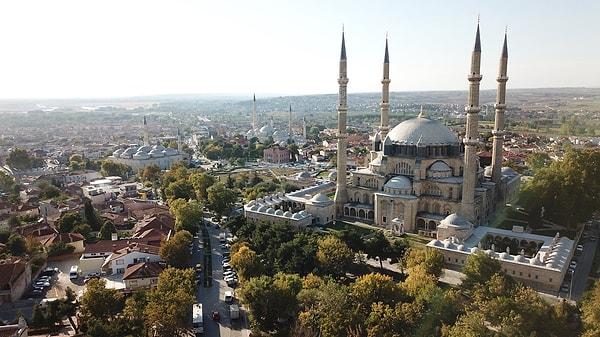
The Selimiye Mosque and Complex, renowned as the epitome of Ottoman architecture, stands as a magnificent masterpiece. Constructed in Edirne during the 16th century under the patronage of Sultan Selim II, this mosque and complex is a testament to the exceptional craftsmanship of Mimar Sinan. Revered for its technical precision and artistic excellence, it holds a significant place not only in the architectural history of Turkey but also in the global architectural heritage. The Selimiye Mosque and Complex showcases the grandeur and artistic ingenuity of the Ottoman era, leaving an indelible mark on the world of architecture.
Troia Ancient City (Çanakkale - 1998)

The Ancient City of Troy, situated in the village of Teyfikiye in Çanakkale, holds a prominent position among the world's renowned ancient cities. Throughout history, Troy has been of significant importance due to its strategic location between Asia and Europe, as well as its proximity to the Aegean and Mediterranean regions. It has witnessed numerous conflicts and upheavals, experiencing nine destructions and subsequent reconstructions. Excavations have unveiled remnants from these different layers, shedding light on the rich history of the ancient city. Troy is intimately associated with the epic tales of Homer's Iliad and Odyssey, which have immortalized its legends and served as a source of inspiration for generations.
Safranbolu City (Karabük - 1994)
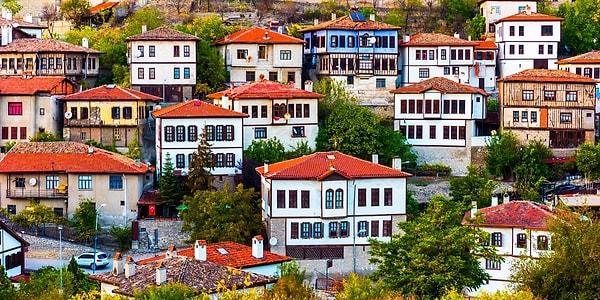
Safranbolu, situated on a strategic route linking the Black Sea coast to Western, Northern, and Central Anatolia, has maintained its significance and vibrancy throughout history. In the 18th century, it emerged as an essential trade hub, serving as an indispensable stop on the Asia-Europe trade route. Having witnessed the rule of Roman, Byzantine, Seljuk, and Ottoman empires, the city center exudes the distinct architectural style and traditional urban fabric of the Western Black Sea region. With its collection of well-preserved traditional wooden houses and monumental structures, Safranbolu stands as a living testament to its rich heritage.
Xanthos-Letoon (Antalya-Muğla - 1988)
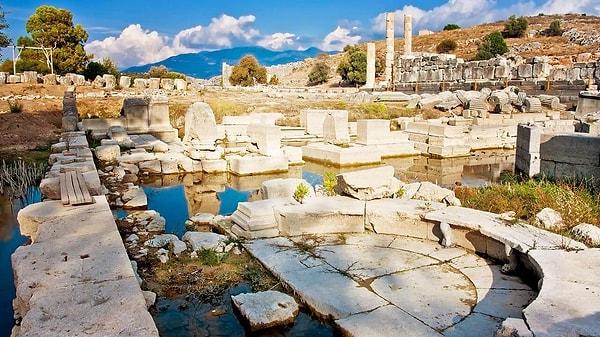
Xanthos Ancient City, a UNESCO World Heritage site, is situated in the Fethiye district of Muğla, while Letoon Ancient City is located within the borders of the Kaş district in Antalya. These two ancient cities are separated by a distance of 5 km. Xanthos Ancient City holds great historical significance as a religious and administrative hub of the Lycian region, showcasing the influences of various civilizations, including Hellenic, Persian, Roman, and Byzantine. Letoon Ancient City, serving as the sanctuary of Xanthos, is home to numerous temple ruins, adding to its archaeological allure. The surrounding landscapes are adorned with picturesque organic vineyards, further enhancing the charm of these historical sites.
Hierapolis-Pamukkale (Denizl - 1988)
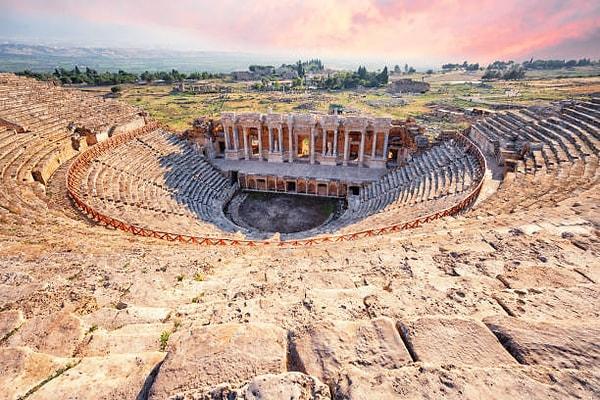
Pamukkale Travertines, formed by the calcium-rich waters flowing from Çaldağı in Denizli, captivates with its extraordinary white appearance. Nestled within this ethereal landscape lies the ancient city of Hierapolis, adorned with remnants dating back to the late Hellenistic and early Christian eras. The sanctity of Hierapolis, aptly named the 'holy city,' emanates from its renowned healing waters that have offered solace to countless individuals throughout millennia.
Mount Nemrut (Adıyaman - 1987)
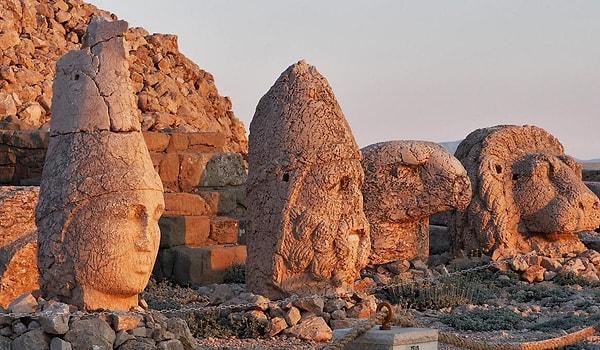
Situated at an elevation of 2,206 meters in the district of Kâhta in Adıyaman, Mount Nemrut stands as a remarkable UNESCO-listed site, renowned not only for its monumental structures but also for its breathtaking sunrise and sunset vistas, as well as its captivating aura. Revered as 'the closest spot to Zeus' celestial throne' in historical records, Mount Nemrut enthralls visitors with the statues and reliefs commissioned by King Antiochus I of Commagene, who sought to unify diverse cultures.
Hattuşa (Çorum - 1986)
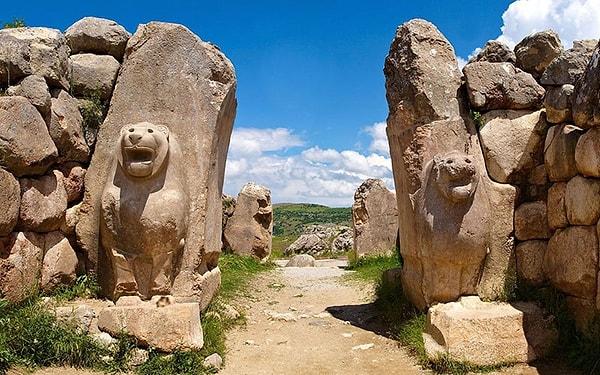
Located in the present-day Boğazkale district of Çorum, Hattusa served as the prominent capital of the Hittite civilization. This ancient site stands as one of Anatolia's most significant archaeological treasures, with a majority of the unearthed remnants dating back to the 13th century BC during the reconstruction period. As you behold the temples discovered through excavations in Hattusa, known as the 'City of a Thousand Gods,' you will gain a deeper appreciation for why it earned such a distinguished title.
Goreme National Park and Cappadocia (Nevşehir -1985)
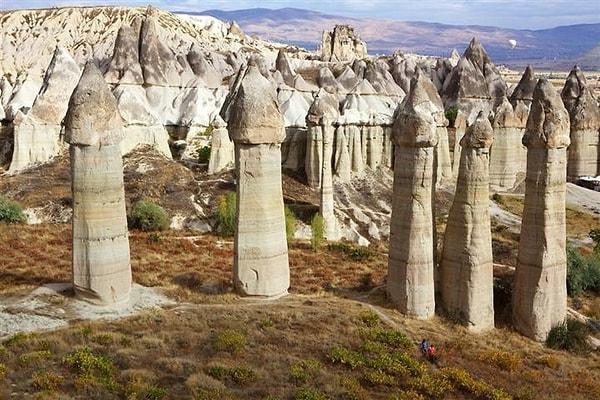
Cappadocia, an ancient region inhabited for countless years, showcases the remnants of human existence that trace back to the Chalcolithic Period. Its otherworldly landscape, characterized by the erosion of volcanic materials from Mount Erciyes and Mount Hasan, has gradually taken shape over time. Particularly in Urgup and Goreme, the enchanting fairy chimneys emerge as a result of the more resilient rock formations protecting the underlying, more delicate layers from erosion. These formations blur the boundaries between reality and dreams. Within Cappadocia's Goreme district, a melting pot of civilizations including the Hittites, Persians, Byzantines, and Seljuks, emerged. During the 7th to 13th centuries, it provided sanctuary for Christians seeking refuge from persecution, eventually transforming into a religious center. The rock-carved structures that exist today offer a captivating glimpse into various chapters of history.
Historical Sites of Istanbul (Istanbul - 1985)
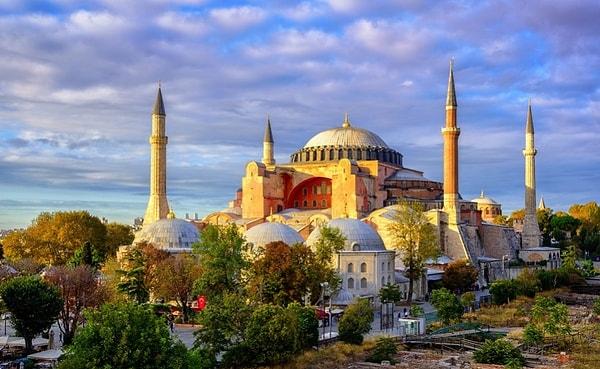
The historical significance of Istanbul, with its rich tapestry of civilizations, wars, and pivotal moments spanning thousands of years, is difficult to encapsulate. Istanbul's Historic Peninsula holds the prestigious status of being a UNESCO World Heritage Site, owing to its architectural, religious, and cultural treasures. The designated areas within the peninsula include the 'Archaeological Park,' encompassing the Hippodrome, Hagia Sophia, Hagia Irene, Little Hagia Sophia Mosque, and Topkapı Palace. Additionally, the 'Süleymaniye Conservation Area,' comprising the Süleymaniye Mosque and its surroundings, the 'Zeyrek Conservation Area,' encompassing the Zeyrek Mosque and its surroundings, and the 'Historic Walls Conservation Area' are all included in this esteemed list. These sites collectively bear witness to the remarkable heritage of Istanbul.
Divriği Great Mosque (Sivas - 1985)
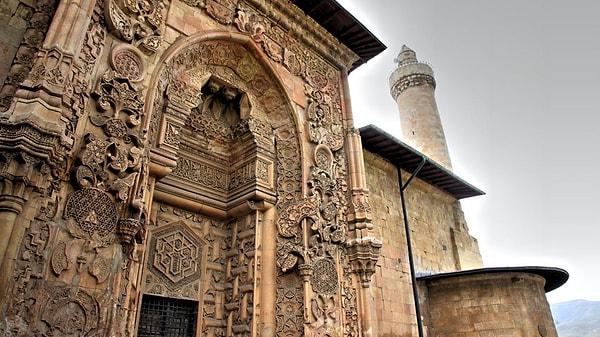
The Divriği Great Mosque, constructed by Ahmet Shah, the ruler of Mengücek, and his wife Turan Melek, stands as a remarkable masterpiece in the annals of architectural history. Designed by the renowned architect Hürremşah of Ahlat, this mosque showcases Anatolia's exquisite craftsmanship in stone. With its two domed tombs and the adjacent darüşşifa (hospital), the mosque exemplifies the beauty and intricacy of traditional Anatolian stonework.
Keşfet ile ziyaret ettiğin tüm kategorileri tek akışta gör!


Send Comment